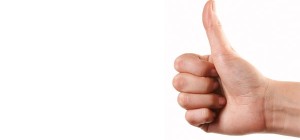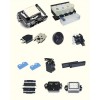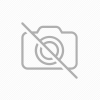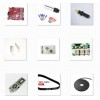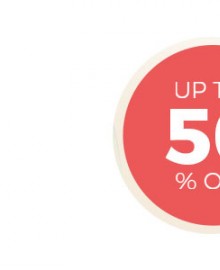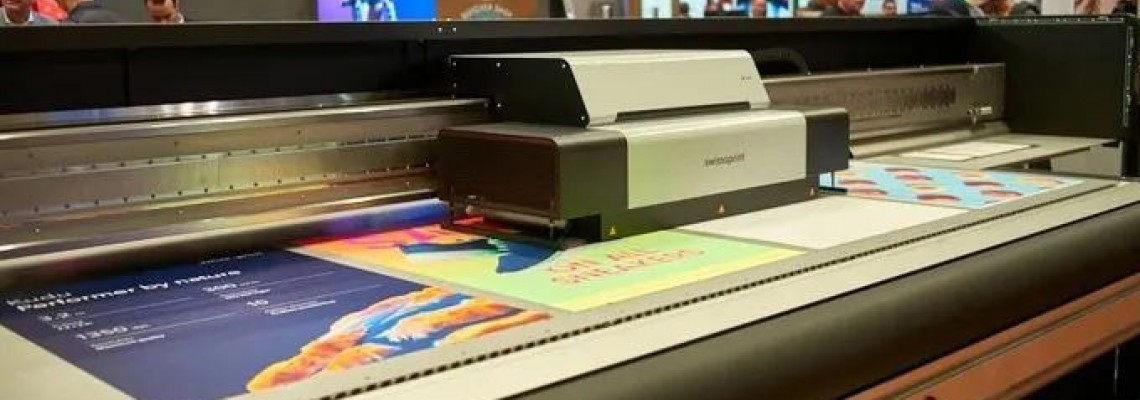
Switzerland SwissQprint Introduced a new flatbed printer--Kudu, named after a species of antelope. this is a3.2 x 2m machine, using UV LED Cured ink designed to provide a higher level of productivity than the company's existing flatbeds.
The company already offers some flatbed printers with the option to add a second row of printheads to boost their productively. Kudu Offers another level of productivity as it comes standard with three rows of printheads. The print head itself is a Konica MinoltaQ1280i, which was announced last year SwissQ the first 4 The same is used by the generation machine.
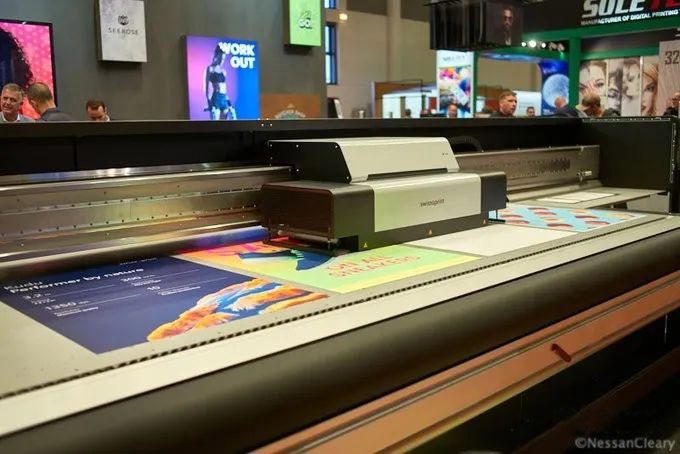
Kudu Can produce up to 300 square meter per hour, use1015 x 450 dpi single channel of resolution. Best used by most clients1350 x 450 dpi mode, used twice, can produce approximately 120 square meter per hour, there is also a higher quality mode, in 1015 x 900 dpi down production 100 square meter per hour, also used twice. SwissQprint Chief Sales and Marketing Officer Carmen Eicher Say:" Very few print runs are a feature of ours. We place the points as precisely as possible to achieve the best output with the smallest number of passes".
Of course, extra ink heads mean more weight, so SwissQ had to redesign the chassis. Eicher Say:" We also have to carry more weight, so we need a bigger beam". It's still made of stainless steel, including SwissQ standard features such as a cutting-edge switch vacuum system. It also installs a linear magnetic drive system, which is SwissQ first time using this system on a flatbed printer. In order to calibrate the flatness of the bed ,SwissQ a laser is used, combined with a system of hundreds of bolts and springs that can be adjusted individually. It is noted that this method means that the flatness of the print bed can be easily re calibrated, even after many years of use.
And SwissQ Like all flatbeds, there is a roll-to-roll option, which has also been redesigned to automatically adjust tension. This tablet can be used3.2meter wide rolls. It can be set up to use multiple smaller rolls side by side and can handle some of the differences between those rolls--For example, one roll has less media than another--But this is not recommended.
SwissQ A new glass printing solution was also announced. Eicher Say:" We have a large number of glass customers and glass is a very special medium. We know they want to print directly on glass without a primer".
Therefore, this solution consists of a new GX1 ink, which comes from Nutec, was specially developed for good adhesion on glass.
Eicher said, glass is usually printed edge-to-edge, but this leads to a buildup of ink on the table, so customers have to stop frequently to clean up. to this end, SwissQ is recommended to put paper on the bed. You have to have the roll-to-roll option for this to work, as the paper is fed by the roll feeder, whose purpose is to feed clean paper every once in a while. However, since paper obscures the pin registration system, SwissQ also had to add two rods--one in front and one behind--There are sliders to help with registration.
Unfortunately when you order the press you have to specify the roll feeder and this glass solution so existing glass customers won't be able to take advantage of this and it's only available on the new 4th generation machines . While it's called a glass printing solution, it can also be used on metal or anything else that requires edge-to-edge printing.

